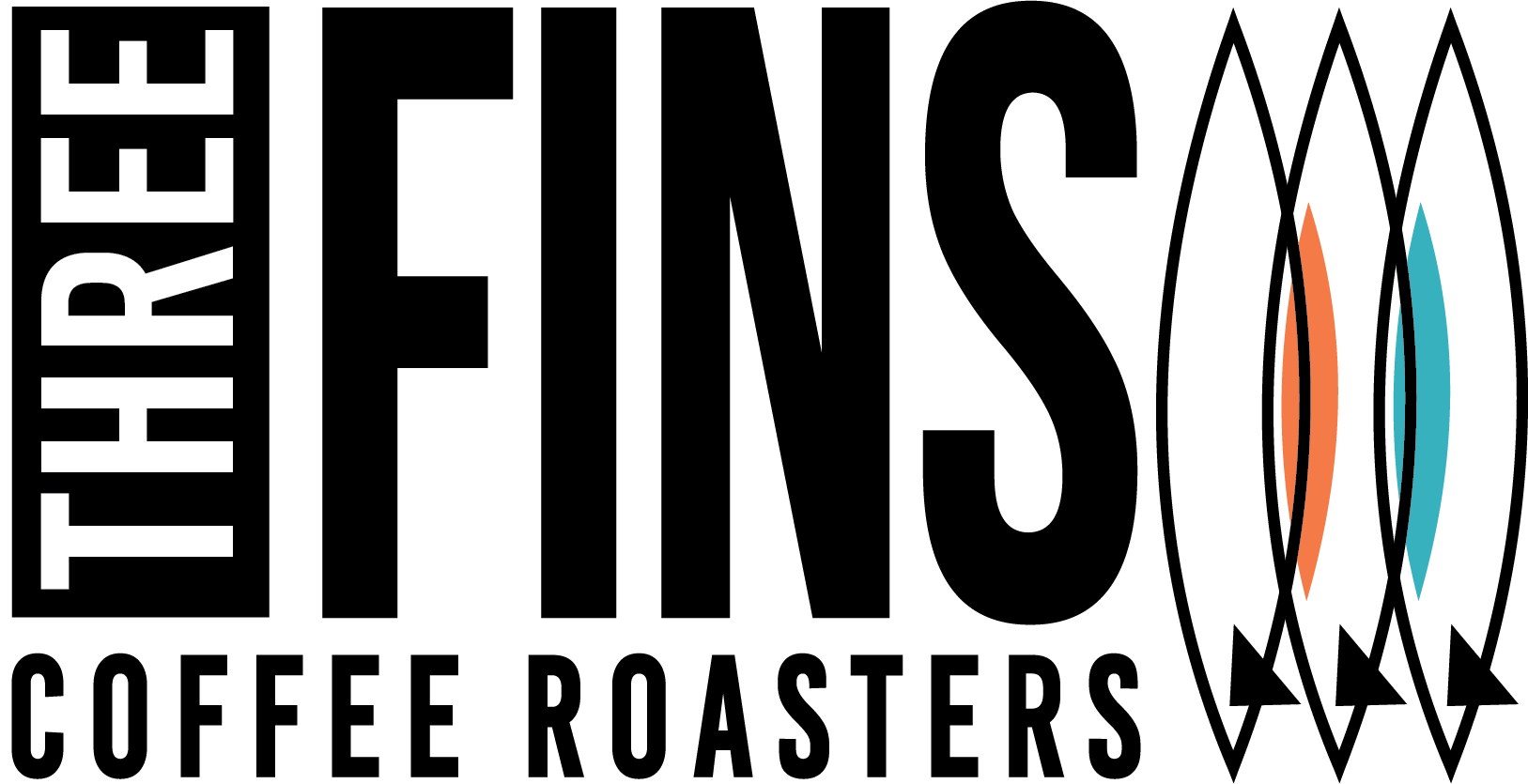READING A COFFEE LABEL - PART 1 GRADE
Reading A Coffee Label: Grade
A coffee label can tell us a lot about the beans inside the bag. Some of the things it tells us are the grade in which the coffee received before being bought and exported, the region in which it has grown and harvested, the elevation that the coffee tree is planted on, the process the coffee beans went through to extract its unique flavors, the roast profile the roaster used to enhance those flavors, and finally, a detailed list of flavors one might find in tasting that coffee. It almost tells us the whole story that the coffee bean traveled right up until it got into your cup! Follow the journey of reading a coffee label over the next few months’ newsletters! In this newsletter we are going to explore Grade.
Grade
Before coffee beans travel to their roasting destinations, they have to be assigned a grade in order to get sold on the international coffee market. There are a lot of factors that are taken into consideration upon grading; including size of the beans and how many defects the beans have per pound. There is not a universal grading system so each country typically has their own unique grading systems and every farmer strives to harvest the best beans in order to receive the highest price possible when selling their bags on the market.
Most often, either a number or a letter scale is used when evaluating and grading coffee. Below is the breakdown of when coffee is graded on a number scale:
1: Specialty coffee. It takes a lot of hard work and dedication to produce this high grade of coffee, because this grade allows for no primary defects and no underdeveloped or unripe beans. Very few bags can be classified as a 1. This is the reason why there might be limited quantities of a specific specialty bean in a harvest year.
2: Premium coffee. This is still a decent grade, however has lower standards than that of specialty. It allows for defects in the beans, and accepts bags with underdeveloped beans.
3: Exchange grade coffee. Keeping with the theme, grade 3 allows for even more defects (9-23 total defects in the beans) and also allows for even more underdeveloped beans to slide their way through! This is why this grade and below is typically kept to be sold on the domestic market, and won’t make its way to the international.
4: Below standard coffee. Coffee graded as a 4 is able to have 24-86 full defects.
5: Off grade coffee. This coffee grade has above 86 full defects, and would never make its way to the international market.

